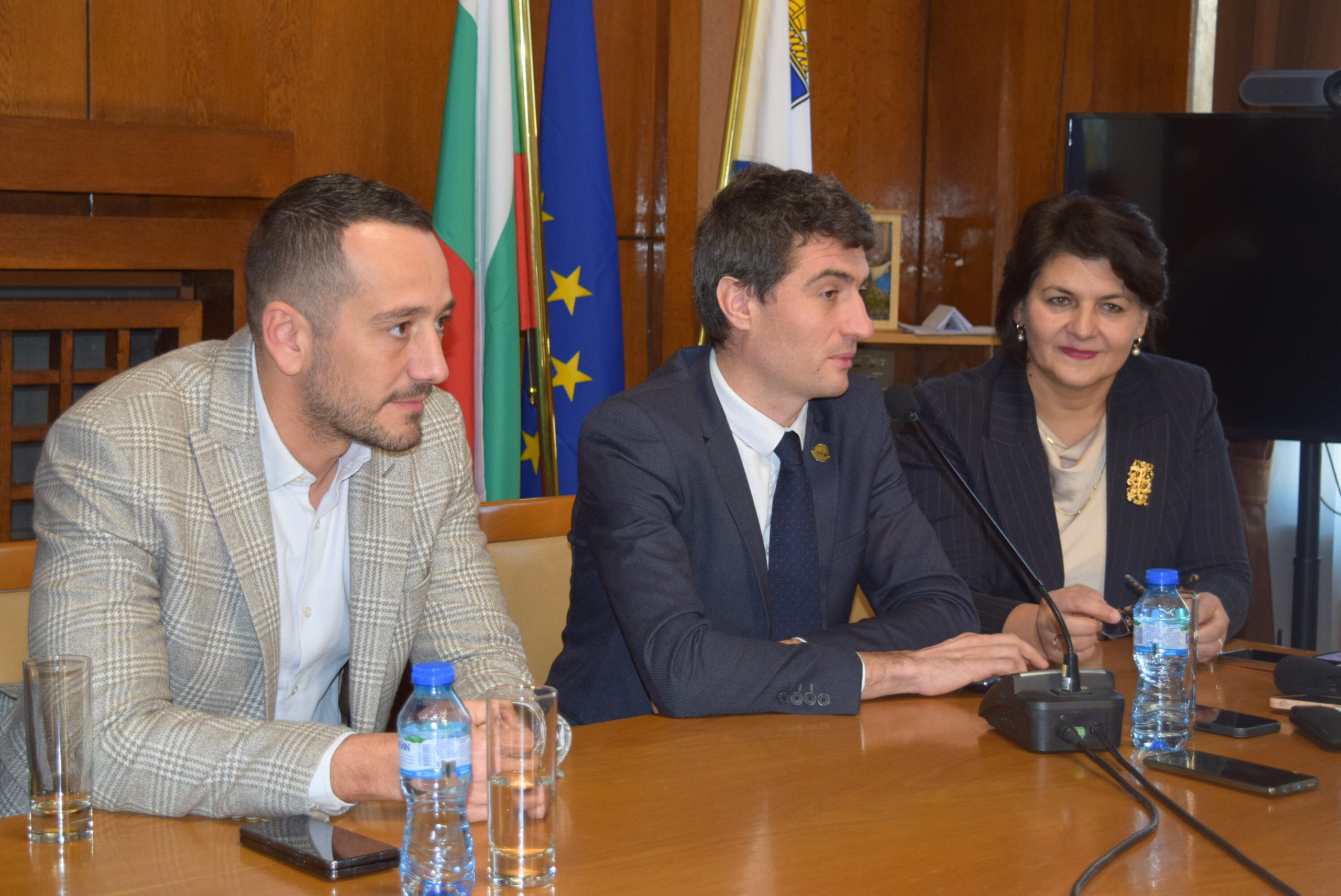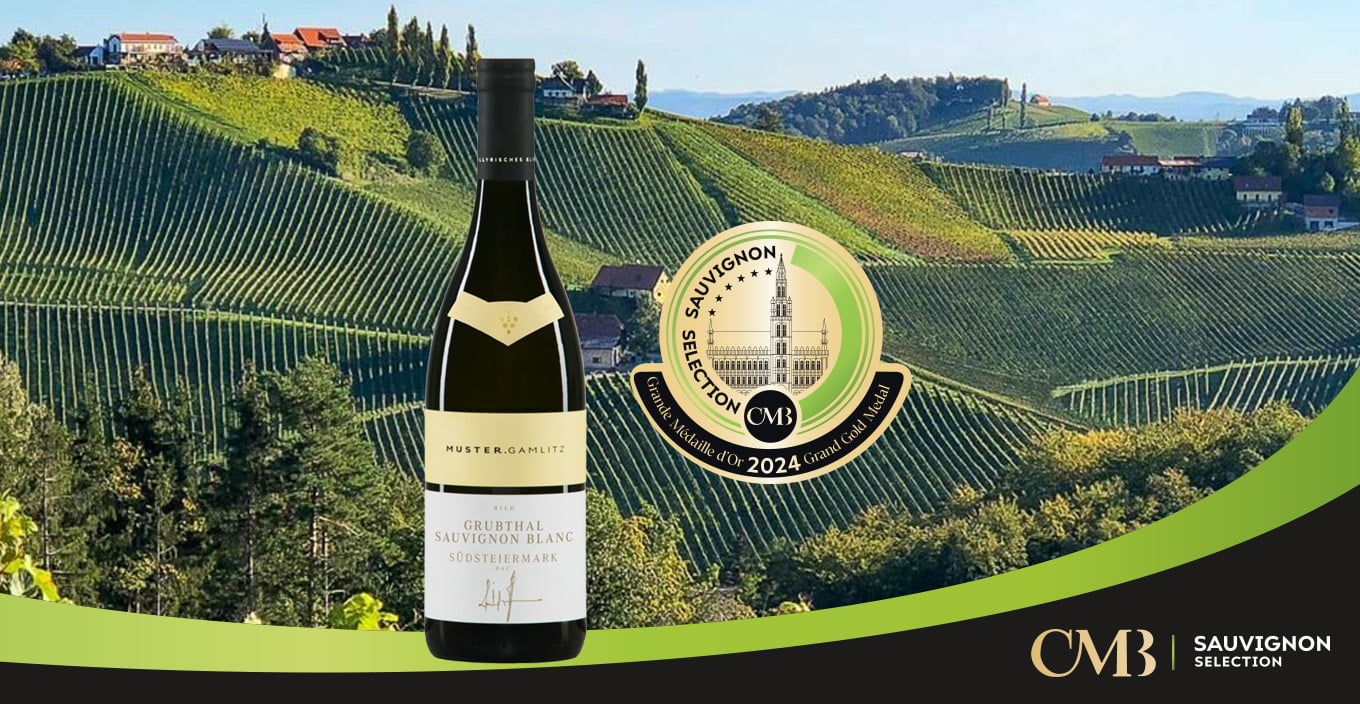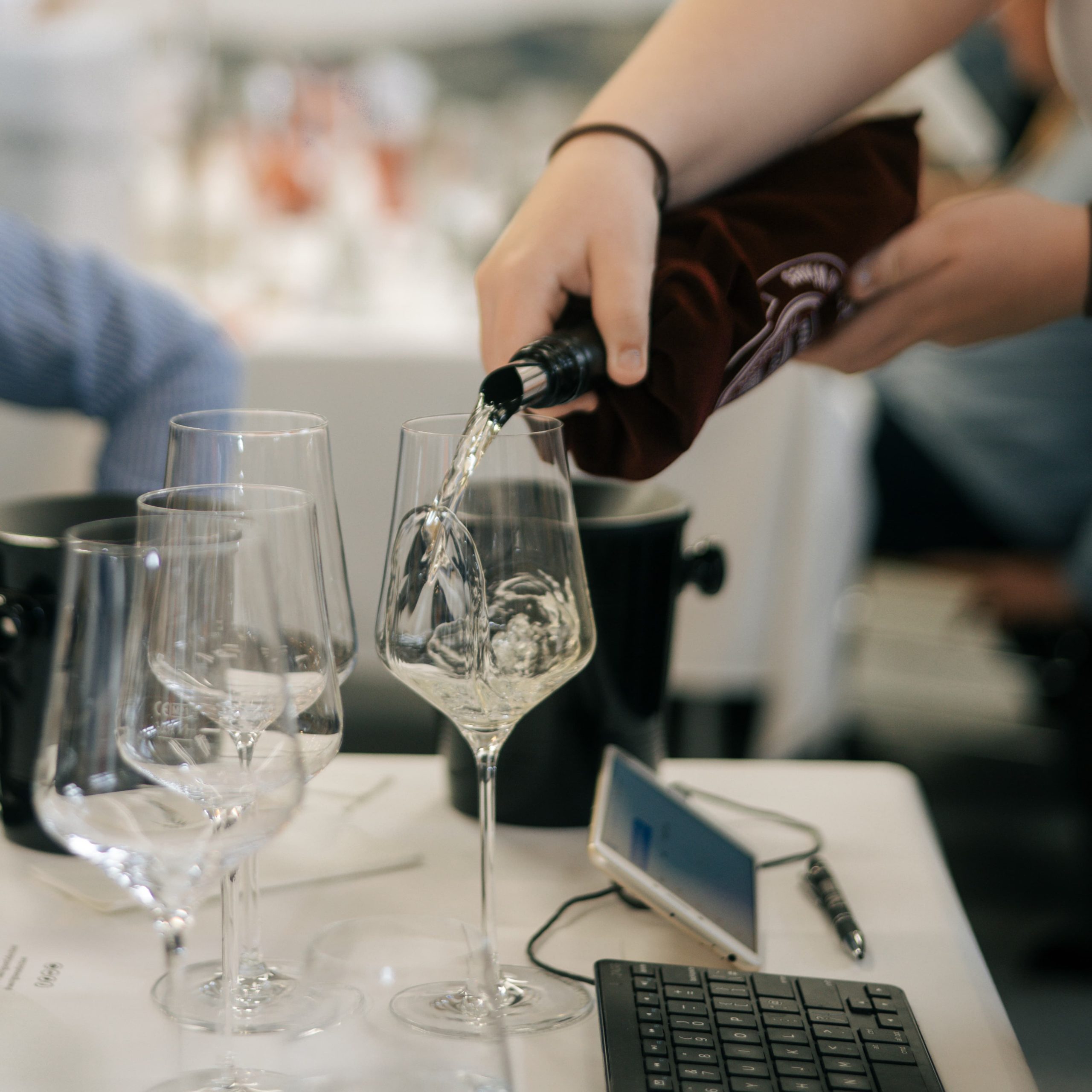Styria: A prime Austrian wine region for growing Sauvignon blanc

Austria accounts for just 1% of global wine production and although the vast majority of Austrian-grown wines are white, the most widespread variety is not Sauvignon blanc but Grüner Veltliner, which is extensively planted in the country’s two main wine regions. The third largest region, Styria or Steiermark, along the border with Slovenia, is where Sauvignon blanc has found some prime growing sites. Here, often on the steepest of slopes, it achieves a rare combination of finesse and flavour that is powerful, yet never morphs into a caricature of varietal expression. Sauvignon blanc has been grown in the region since the 18th century and its acreage regularly increases. Its current area under vine is 750 hectares out of the 4,200 ha that make up the three sub-zones of Styria, traditionally planted to a dozen or so varieties and, in the past, to a mixture of varieties within the same vineyard.
As a reminder, this region emerged out of nowhere on the historical wine growing stage. Until very recently, Styria was extremely poor due to its distance from the major cities and lack of market access by river. It was home to subsistence farming, which through necessity was mixed with only a minor share dedicated to vine growing. Over the last thirty years, the development of tourism, first Austrian then international, has changed the dynamics of the local economy. The quality of the architecture and design of Styrian wineries, where the visitor area and often eatery are given pride of place, reveals the underlying change. Cellar door sales account for 25% turnover at many wineries which are very good at entertaining guests. The reputation of their Sauvignon blanc has been instrumental in this success.
One the challenges involved in producing single varietal wines is avoiding being sucked into the huge, bottomless pit of generic wines which may well display varietal character but lack any true distinguishing features and will always struggle against the constant downward pressure on prices that awaits any mass market. Emulation has always successfully promoted excellence and this has been the driving force behind a group of ten wine growers in two of Styria’s sub-regions – Sudsteiermark and Sudoststeiermark – along with the desire to avoid being pigeonholed. The group have pooled their marketing and planning skills in an association called Steirische Terroir & Klassik Weinguter (or STK for short). All of the members are family-run firms, of varying sizes, yet they all have the same quality focus and desire to share experience and promote dialogue. They have drafted a quality charter with production specifications for the wines which are divided into four different categories. In ascending order, these are Steirische Klassik (region generics); Orstwein (village or locality); Erste STK Lage (first growth) and Grosse STK Lage (great growth). This voluntary classification system is used by all ten members of the group.
Styria is adjacent to the border with Slovenia and some estates, like Tement, cross a now virtually invisible line, although the wines of course have to be made separately. The region is beautiful and quite spectacular with consistently steep slopes where standing up straight is sometimes a challenge. Most of the time, vineyards cascade down these slopes but occasionally, when the gradient is too high, terraces are built. The best sites are south, south-east and south-west facing to ensure maximum sunlight. They are interspersed with woodland, mostly beech trees. The valley floors are primarily planted to corn and other cereals. As in other parts of Europe, the best wine growing sites have traditionally been farmed by the church. In Austria, they often still belong to the church but are now leased out on a long-term basis to wine growers. Many of these plots are currently classed as Erste Lage or Grosse Lage.
The rules for making wines under this classification involve site delimitation, invariably on an incline with a good aspect and at a high elevation to capture the positive effects of the wind, minimum vine age, integrated pest management or organic farming methods (no artificial weedkillers or fertilisers), and harvesting by hand, using several passes if necessary. In any case, the steepness of the vineyards precludes the use of machine harvesters. Wines classed as Erste Lage must be fermented as dry wines with a potential ABV of at least 12.5%. Only healthy grapes can be crushed (no botrytis) and yields are restricted to 45 hectolitres per hectare. The wines must have a minimum cellaring capacity of five years, which is checked by tasting wines from the previous five vintages, occasionally older ones, for each of the wineries that have signed the charter. The rules for Grosse Lage (great growths) are even more restrictive with maximum yields of 35 hl/ha, requirements regarding soil types, a minimum vineyard age of 15 and ageing capacity of 10 years. They also have to be aged for 18 months. Each category is identified twice on the livery, once on the label and again on the foil cap. Interestingly, 9 out of the 10 wineries have completely stopped using natural corks, including those wines classed as great growths. They either use screwcaps or glass stoppers.
Summarising the style of Styrian Sauvignon is somewhat of a challenge. It can be easier to say what they’re not like, but I will also comment on how their style has evolved over the last twenty years, based on tastings of samples dating back twenty years or so. Their current style is much more restrained than, say, New Zealand Sauvignons. Above all, they rarely exude herbal aromas of boxwood or green bell-pepper and it is very uncommon for them to display highly expressive and occasionally lush tropical fruit aromatics. I believe that lengthy ageing with virtually no intervention (very little stirring and racking, and extremely scant use of sulphites) is largely responsible for the extremely refined texture I found in many of the wines. They often reveal a silky-like suavity yet never become flabby. Of course, every wine grower makes his/her own imprint on the style of the wines but with virtually the same climate region-wide and the effects of healthy competition, the overall standard of Sauvignons from Styria has increased remarkably.
So if the ‘basic’ wines are already made to a high standard, what is the point of climbing the quality ladder? The answer is greater intensity and length on the palate where Sauvignon varietal character is neither predominant nor even perceptible. This is virtually the antithesis of the classic varietal. The wines are also more refined with the best examples revealing superbly suave texture that does not stem from overbearing oak influence but from highly judicious, lengthy ageing in large oak containers, very few of which are made from new oak, with little or no man-handling. Sterling quality fruit also undeniably factors into the equation. The best Sauvignons from Styria are among the top offerings I have tasted from around the world. The days of slightly heavy oak influence are over. The wines show almost impeccable balance and texture, and I found very few of them disappointing. There is no denying that emulation and intelligence can be extremely beneficial.

STK wine growers
Gross, Lachner Tinnacher, Wolfgang Maitz, Neumeister, Erich & Walter Polz, Erwin Sabathi, Hannes Sabathi, Sattlerhof, Tement, Winkler-Hermaden


